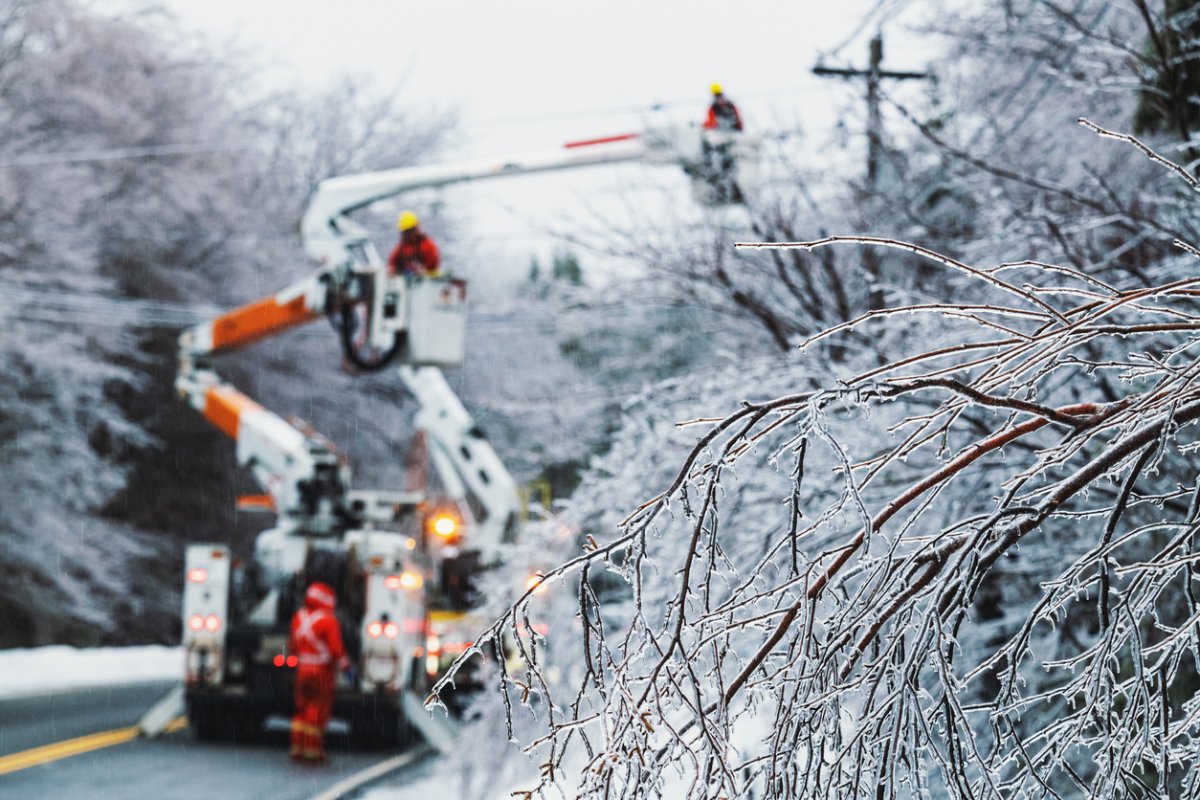We may earn revenue from the products available on this page and participate in affiliate programs. Learn More ›
Power outages can be difficult to weather any time of year, but frigid temperatures without a working heater can be hard on both you and your home. When there’s a winter storm in the forecast, there’s no time to lose. Start preparing for inclement weather now, and you’ll be in fine shape should winter snowfall take a turn for the worst.
1. Stock up on batteries.

Make sure you have a good supply of batteries (and if they’re rechargeable batteries, ensure that they’re fully charged!) in a range of sizes for all your emergency needs. Have spares ready for flashlights and radios as well as for smoke detectors, clocks, and other necessities that can run on battery backup.
RELATED: 11 Mistakes Homeowners Make Every Winter
2. Check your flashlights.

How many times have you clicked on several flashlights in your junk drawer before finding one that actually works? In preparation for a power outage, carefully test each of your flashlights and determine which works and which doesn’t, even with fresh batteries. Pitch the flashlights that don’t work, and make sure the working ones have new batteries in them. Purchase additional flashlights if necessary—you’ll want to ensure there’s a “good” light for each member of the family, at the very least. Don’t plan on using candles; flashlights are safer.
RELATED: The Best Flashlights: Tested for Camping, Power Outages, and More
3. Fill up at the gas station.

Whenever a big storm is expected, always fill up your cars’ fuel tanks. Gas station pumps run on electricity and if the power goes out, gasoline will not be available. If you have a gas-powered portable generator, fill up some gas cans too. You’ll want to have plenty of fuel on hand to keep the generator humming.
RELATED: Solved! How Long Does Gas Last?
4. Buy a car charger for your mobile phone.
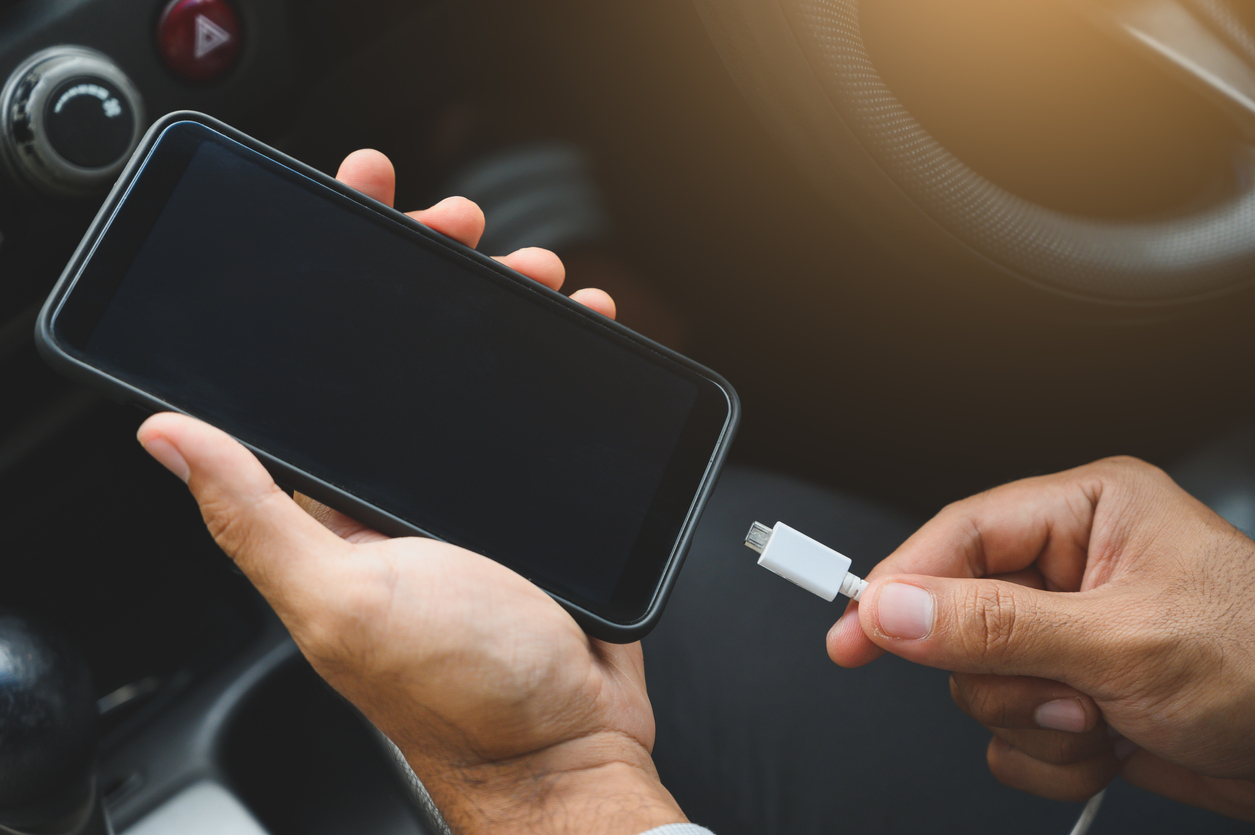
A cell phone charger in your car is especially important when you’re putting together a winter power outage survival kit. You’ll need a charged phone so you can make calls and stay connected with news and information. With a car charger, you’ll be able to keep your phone working even if the power is out for an extended period of time. You may additionally want to invest in a solar cell phone charger, which would be another way of charging your phone.
RELATED: 16 Winter Emergency Supplies You Should Always Keep in Your Car
5. Get a landline phone.

If you have landline telephone service, it’s worth keeping an old corded landline phone on hand. Modern phones that plug into wall outlets will not work in a power outage, and having access to a usable landline will help you conserve your cell phone battery.
6. Make a backup plan for keeping warm.
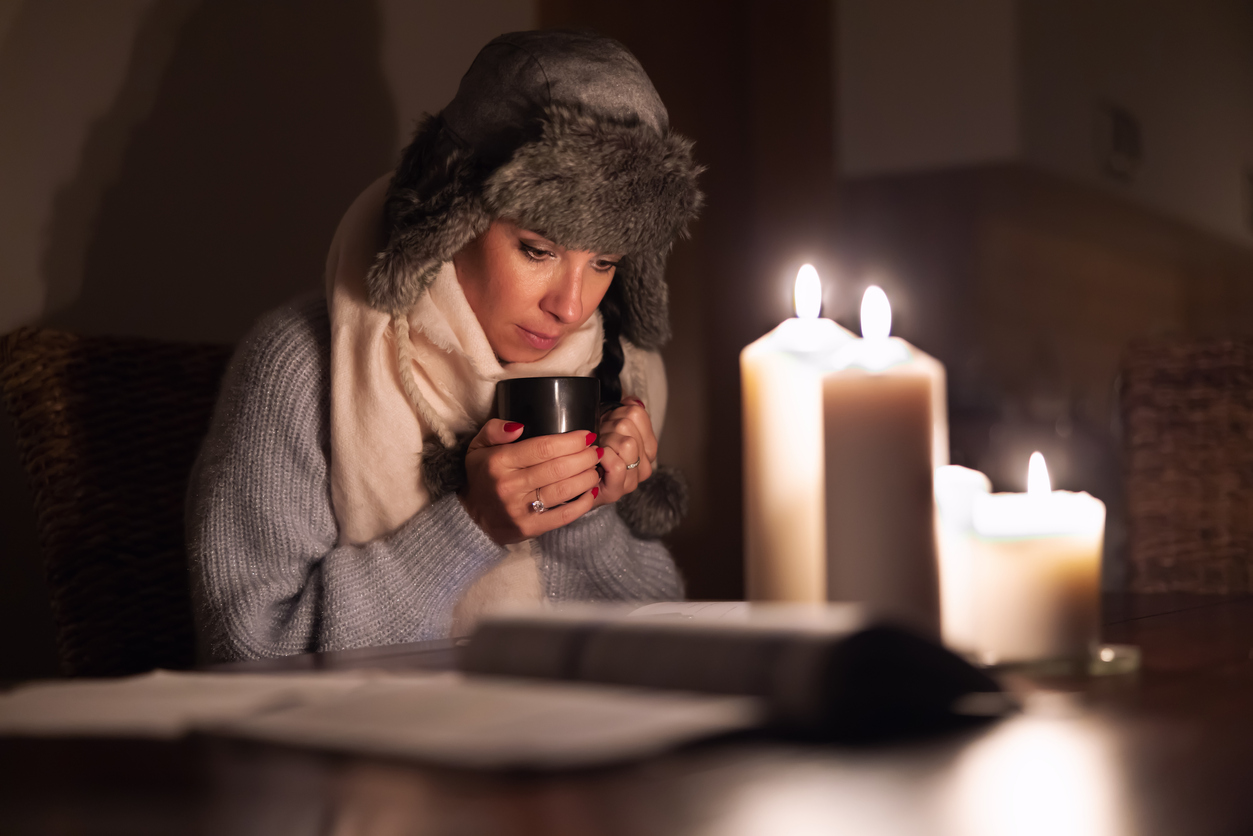
Make a plan for how you will stay warm if the power goes out in the dead of winter. Even a gas-powered furnace requires electricity to run the fan that sends warm air through the vents. If you have a gas fireplace, consider installing a battery backup for the starter if you don’t already have one. If you rely on a wood stove for heat, stock up on firewood. Do not use a propane heater inside the home unless it is one specifically designed for indoor use; carbon monoxide can build up and create a deadly hazard.
7. Stock up on water.

If you have a municipal water supply, your water taps will keep flowing in the event of a power outage. But if you rely on well water, you’re not so lucky—the well pump won’t work without electricity. When a heavy storm is predicted, stock up on drinking water, and fill up the bathtub and washing machine so you’ll have enough water for washing and for flushing the toilets. The PennState extension service says Americans use 50 to 100 gallons of water per person per day, but that kind of stockpile may be tough to accomplish in an emergency situation. You will want to have on hand at least a gallon of potable water per person per day.
RELATED: Boil Water Advisory 101: How to Safely Sanitize Water at Home During an Emergency
8. Plot alternate methods for preparing meals.
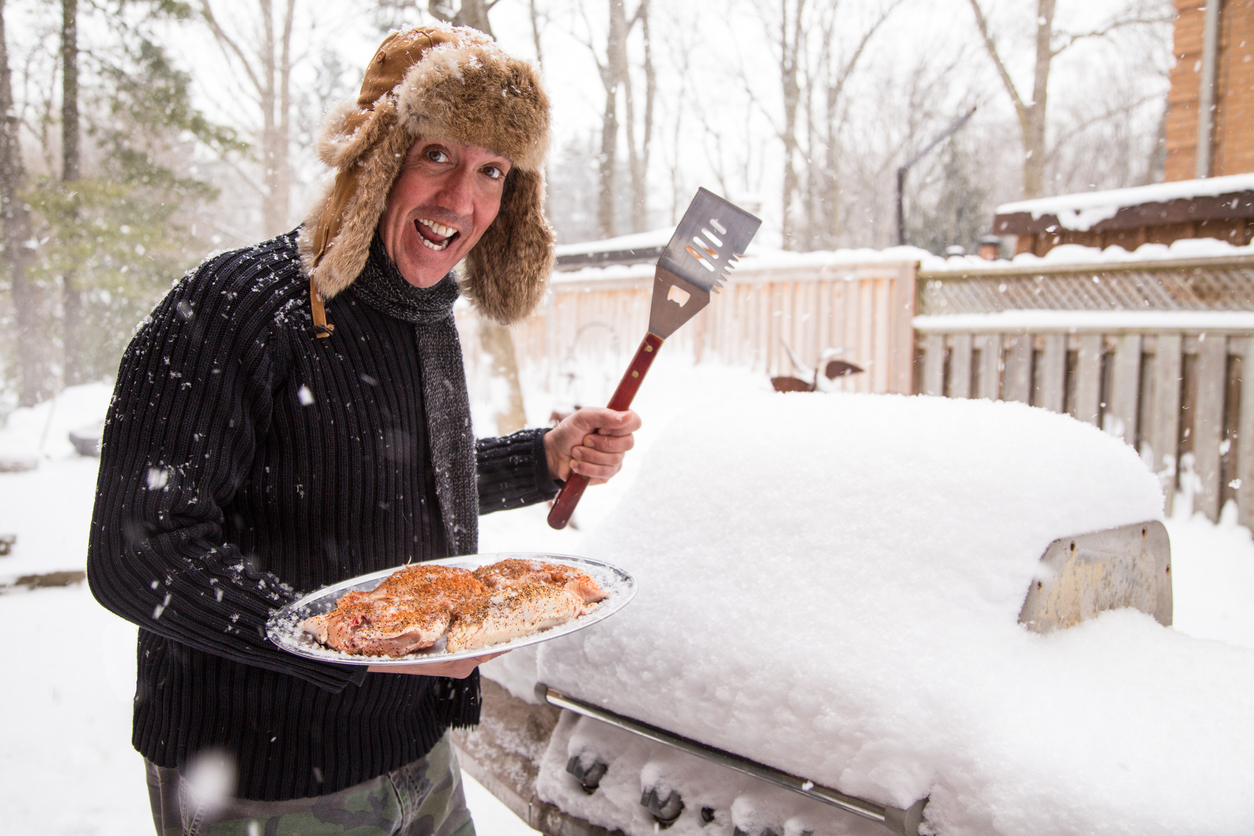
Consider how you would prepare food without electricity. If you have gas appliances, you should be able to light them with a match, even when the electricity is out. But if you have an electric stovetop and oven, you’ll be out of luck. You can, however, use a propane grill or an open fire to cook outdoors. If that’s your plan, refill the propane tank, or buy a cord of wood. And make sure you have a manual can opener!
RELATED: 10 Ways to Illuminate Your Home’s Interior When There’s a Power Outage
9. Turn the temperature down in your refrigerator.

Lowering the temperature of your refrigerator and freezer before the storm hits will help them stay cooler longer if the power goes out, thus increasing the likelihood that your food won’t spoil. Consider moving perishables like milk and meat into the freezer so they’ll stay colder. To conserve the cold air inside, avoid opening the refrigerator doors more than you absolutely have to.
10. Fill your pantry with nonperishable foods.

If a winter power outage lasts more than a few days, you may run out of fresh food (or a means to prepare food). For this reason, it’s a good idea to keep plenty of nonperishable foods like nut butters, canned fruit and juices, granola bars, and crackers on hand to keep yourself nourished.
RELATED: 17 Pantry Foods That Never Expire
11. Open the faucets in your home.
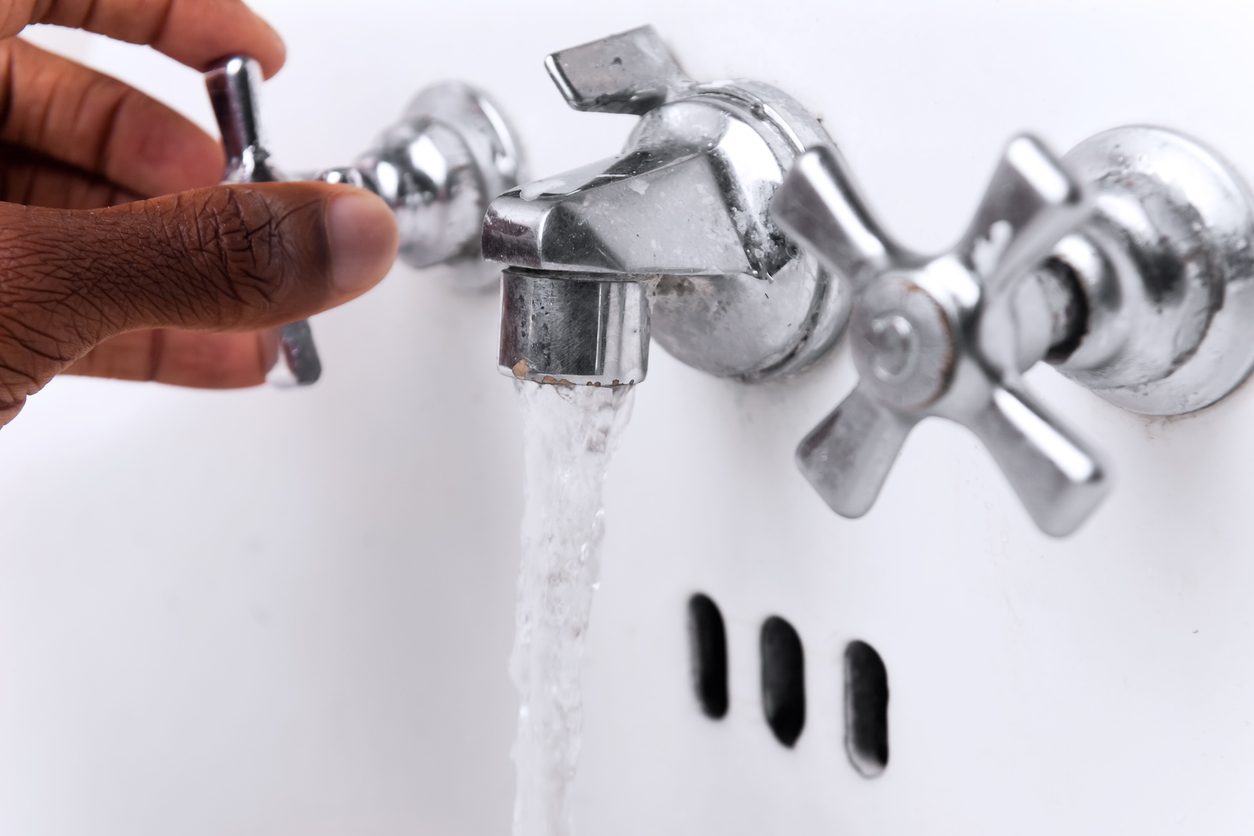
Your pipes are in danger of freezing and bursting in a power outage, especially if they aren’t sufficiently insulated. If you’re concerned your pipes may freeze, shut off the water to your home and open all the faucets until the pipes are empty. If you don’t know where the main shut-off valve is, find out before the next storm hits.
RELATED: How to Keep Pipes From Freezing and Bursting
12. Stash a battery-powered radio.
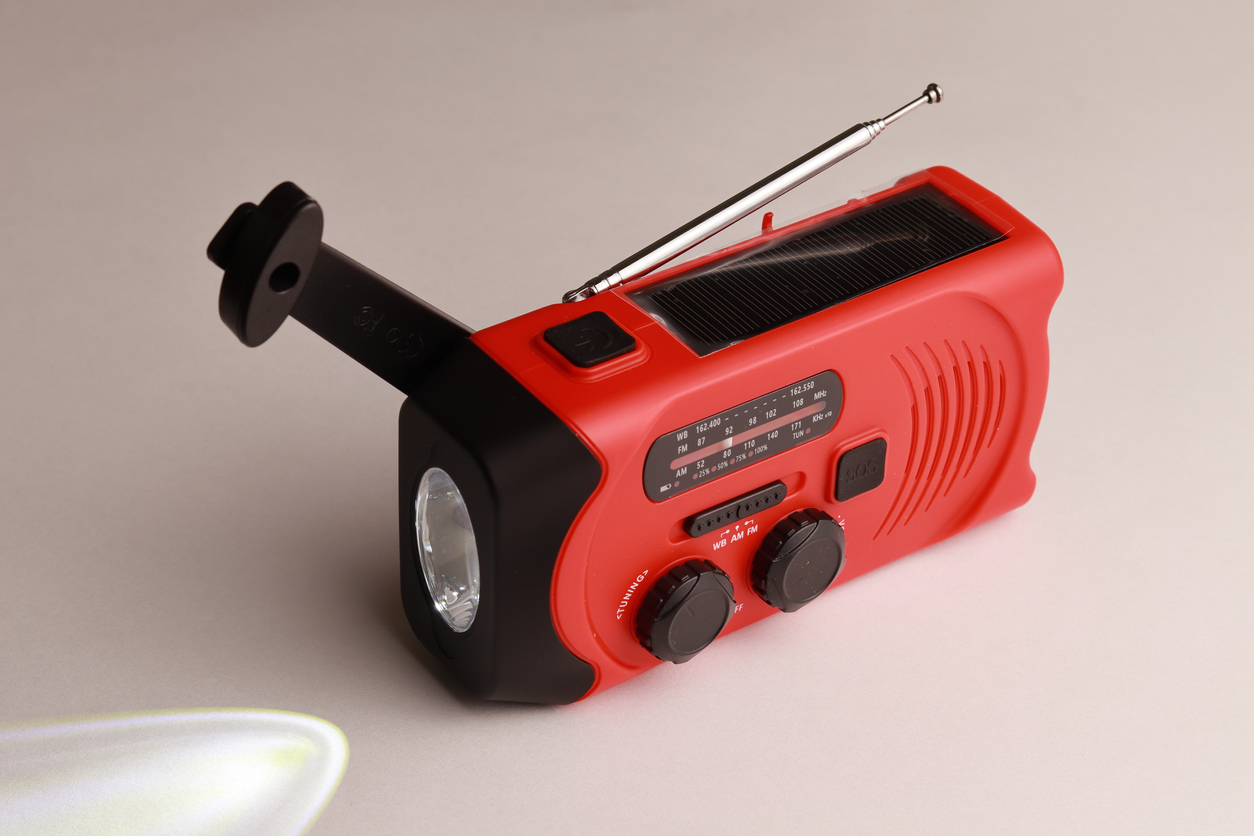
In an age of ubiquitous cell phones, battery-powered radios may seem a relic of the past, but these old-fashioned devices may just save your bacon if you lose power for an extended period. When modern methods of emergency alerts such as TVs and phones are unavailable, an emergency radio with fresh batteries may be your lifeline to news and information about dangerous conditions, even evacuation alerts.
13. Camp out in the living room.

Loss of power could be an excuse for a fun “campout” in the living room. Ahead of the storm, make sure your tent and sleeping bags are in good shape, or acquire these items if you don’t have them. Ensure you have plenty of heavy blankets, too. Then, when the power is out and temps in the house drop, set up the tent and unroll the sleeping bags. Body heat from people together in an enclosed space will help keep everyone warm. And you’ll have a fun story to tell!
RELATED: The 20 Best Products for Surviving Winter
14. Beef up your insulation.
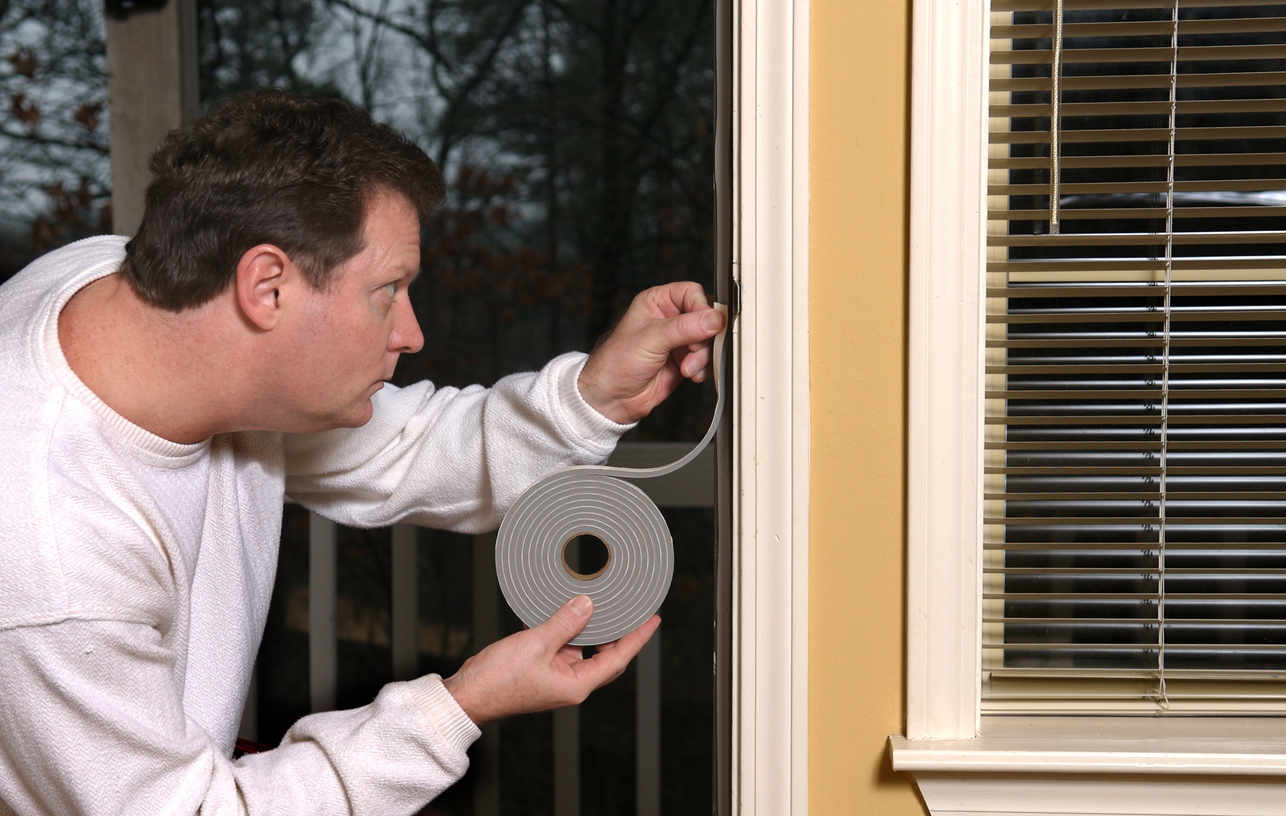
If you’ve been meaning to caulk your windows, do it before cold weather strikes. Check the weatherstripping around your doors; odds are it’s seen better days. If your budget allows, replace or supplement your attic insulation. A less expensive way of sealing out some cold is to purchase some door draft stoppers, which you can tuck away in a closet until they are needed.
RELATED: How to Insulate Windows
15. Have a generator at the ready.
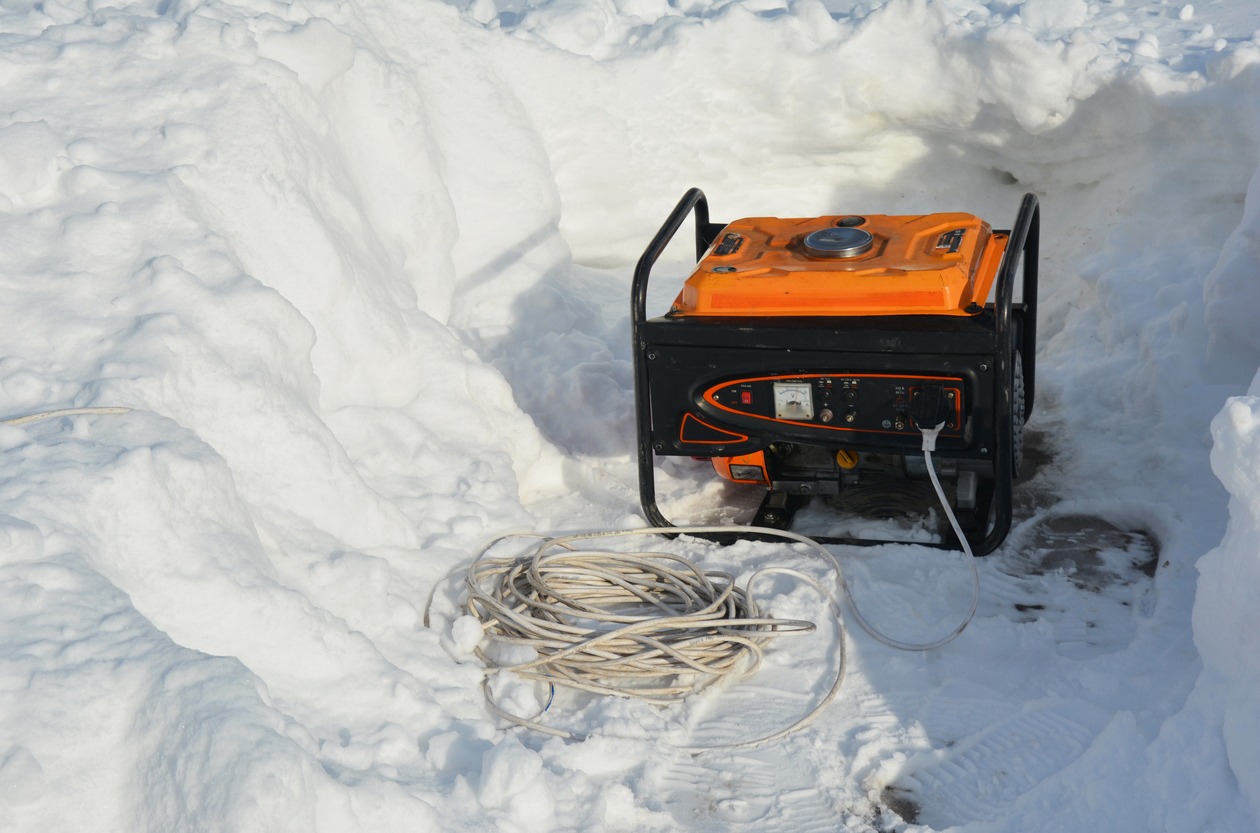
If you live in an area that frequently loses power, you might consider purchasing a backup generator, which can be switched on manually or can automatically kick in when the power goes out, depending on which type you have. You’ll probably want one that’s powered by gasoline, natural gas, propane, or diesel, because solar-powered generators might not function as well as you’d like in stormy conditions.
